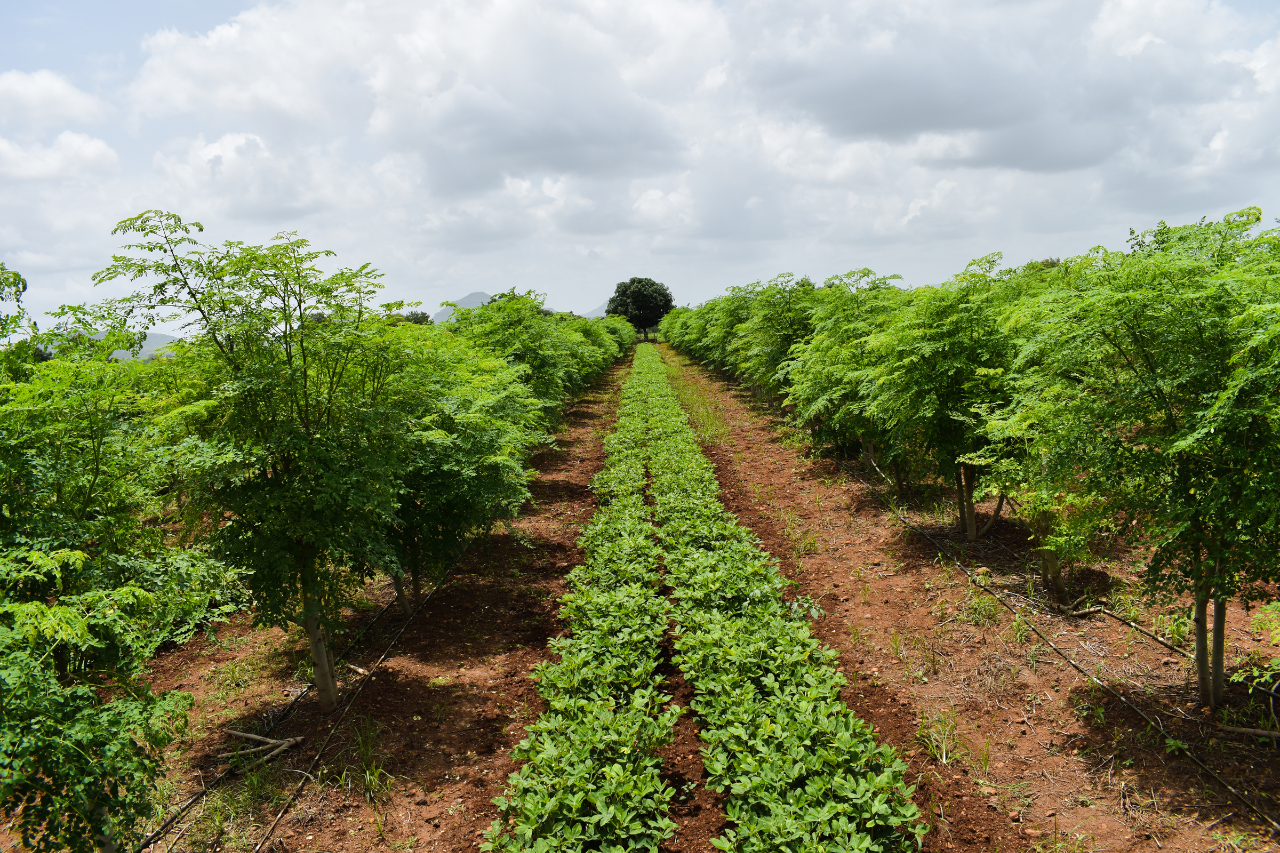
Kenya’s agricultural landscape is evolving, and agroforestry is at the forefront of this transformation. By integrating trees and shrubs into farming systems, smallholder farmers are not only improving their yields but also addressing climate change and soil degradation. This sustainable approach has been practiced for centuries but is now gaining renewed attention as deforestation and land depletion threaten food security.
One of the key benefits of agroforestry is its ability to enhance soil fertility. Trees like Calliandra and Sesbania fix nitrogen in the soil, reducing the need for synthetic fertilizers. Their deep roots prevent soil erosion and improve water retention, making farms more resilient during dry spells. Additionally, agroforestry provides multiple sources of income. Farmers can harvest fruits, nuts, and medicinal plants alongside their staple crops, diversifying their revenue streams.
Another critical advantage is the role trees play in carbon sequestration. With global climate change affecting rainfall patterns in Kenya, agroforestry helps mitigate these effects by absorbing carbon dioxide from the atmosphere. It also creates habitats for pollinators and beneficial insects, reducing the reliance on chemical pesticides.
Despite these benefits, challenges persist. Land tenure issues, lack of training, and limited access to quality tree seedlings hinder widespread adoption. However, initiatives by local organizations and NGOs are addressing these barriers through education, tree-planting programs, and policy advocacy.
For Kenya to fully embrace agroforestry, farmers need better incentives. Policies that promote tree-based farming, access to financing for agroforestry projects, and research on suitable tree-crop combinations are crucial. With the right support, agroforestry can revolutionize Kenya’s agriculture, making it both productive and sustainable.

